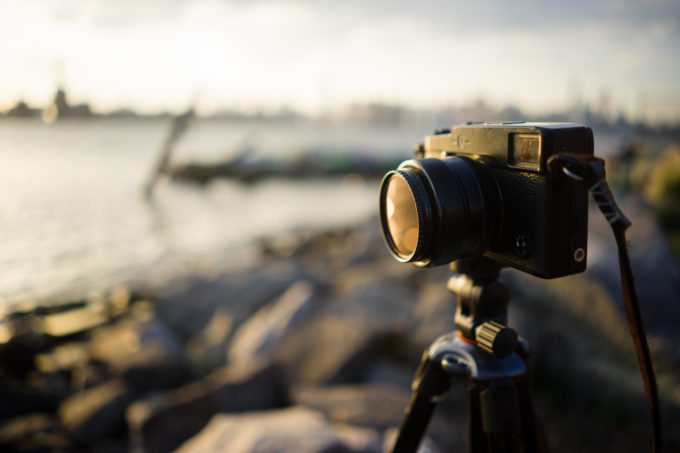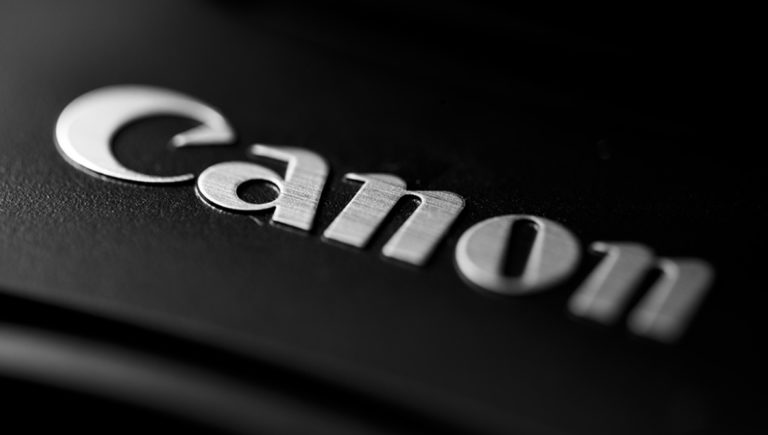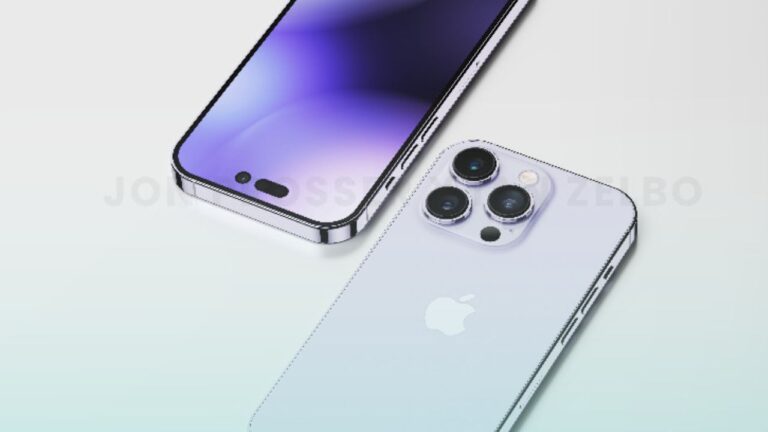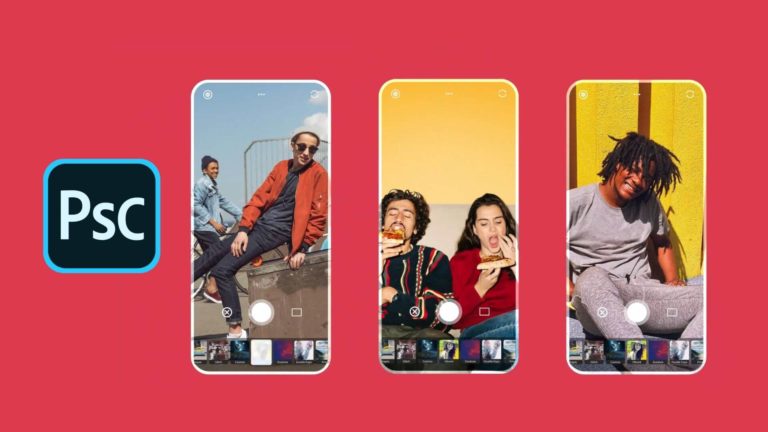A guide for both beginner and intermediate photographers/videographers
Deciding to buy your first camera or intermediate camera isn’t an easy task but we’re here to help.
This article will not only help those who are thinking about buying their first camera but also for people who already own an entry level DSLR and are thinking to upgrade to the next level.
Before we begin you’ll have to decide your priority. Photography or Videography. Because the equation changes tremendously when you shift from the former to the latter or vice versa.
Of course the number of lenses will be limited to an extent but there are many adapters available which we will discuss in future.
Now, if you already own a camera then I would suggest that you skip this part and scroll down to the comparison table to see which camera suits your needs better.
Let’s begin.
1.Nikon D5600 with AF-S DX NIKKOR 18-140mm f/3.5-5.6G ED VR

Don’t get too much confused because of these terms, what majorly matters in these terms is the f-stops and whether it has image stabilisation or not. The D5600 came out in late 2016 and replaced the old workhorse D5500. It comes with a 24 MP APS-C CMOS Sensor. With the added time lapse feature and a boasting EXPEED 4 image processor, it will easily be able to handle all your photographic and basic videographic needs. It’s also got a 3.2” inch articulated touch screen with the ability to record videos in 1920×1080@60fps. Other features include Wi-fi, NFC and bluetooth connectivity with other devices.
You can also buy this with the stock 18-55mm lens but the18-140mm lens will be more suitable. Moreover, it’s not that expensive.
Canon EOS 77D (Rebel T7i or 800D) with the 18-55mm lens f/4-5.6 IS STM Lens

The reason why this beast is at the second place is because of it’s price. It has all the same features as that of the Nikon D5600 like a 24.2 MP CMOS APS-C sensor, full HD video recording up to 60fps. Although it’s got the DIGIC 7 image processor with a 3” inch articulated touchscreen. With a better autofocus (Dual pixel feature) and color reproduction, it comes with the same wireless connectivity features like Wi-fi, NFC, Bluetooth. With the 18-135mm lens it costs around $1200. But once you actually get to use it, the extra money will be worth it because of the additional Digital Image Stabilization.
3. Sony Alpha A6300 with the 16-50mm lens

If you’re a video person then there’s no better camera for you except this one. The A6300 is a Weather-Sealed Magnesium Alloy Body camera which shoots in 4k@30fps and can also shoot in 1080p@120fps which at this price range is amazingly powerful. Moreover, this is not a traditional DSLR, it’s a mirrorless camera. Hence, it’s smaller and lighter and I must add that it’s battery isn’t that good but you can charge this using a portable charger. But once you get used to it’s autofocus system, then there’s no coming back. Although, you do get the 16-50mm lens as the stock lens and an Electronic viewfinder. It’s got 3″ Rear Screen Tilting LCD with 24MP APS-C CMOS sensor. Other features include Wi-Fi, NFC connectivity a Micro HDMI port, can shoot in Log and boasts a BIONZ X Image Processor.
The A6300 was replaced by the new A6500 a few months after it’s release. The latter camera doesn’t differentiate much in terms of performance except the fact that it has a touchscreen and a hefty price tag.
I know buying a camera under $1,000 (₹65,000) requires some more in-depth specifications like ISO range, battery backup, durability etc. So, for the sake of convenience I’ve compared the different specs of all the above cameras in a table*.
*Bold is better.
| Features | Nikon D5600 | Canon EOS 77D | Sony A6300 |
| Camera Format | APS-C (1.5x Crop Factor) | APS-C (1.6x Crop Factor) | APS-C (1.5x Crop Factor) |
| Announcement Date | November 2016 | January 2017 | February 2016 |
| Image Processor | EXPEED 4 Image Processor | DIGIC 7 Image Processor | BIONZ X Image Processor |
| Sensor Type | CMOS, 23.5 x 15.6 mm | CMOS, 22.3 x 14.9 mm | CMOS, 23.5 x 15.6 mm |
| Megapixels | 24.2 MP | 24.2 MP | 24.2 MP |
| ISO | ISO 100 – 25600 | ISO 100 – 25600 | ISO 100 – 25600 |
| Shutter | 30-1/4000 Second, Bulb Mode | 30-1/4000 Second, Bulb Mode | Both- Electronic & Mechanical
30-1/4000 Second, Bulb Mode |
| Lens Mount | Nikon F Mount | Canon EF/EF-S Mount | Sony E (NEX) Mount |
| Image File Formats | JPEG, RAW | JPEG, RAW | JPEG, RAW |
| Aspect Ratio | 3:2 | 1:1, 3:2, 4:3, 16:9 | 3:2, 16:9 |
| Autofocus | Auto, Manual, Continuous Auto | Continuous-Servo AF (C), Manual Focus (M), Single-servo AF (S) | Automatic (A), Continuous-servo AF (C), Direct Manual Focus (DMF), Manual Focus (M), Single-servo AF (S) |
| Dust Reduction System | Yes | Yes | Yes |
| Screen Size | 3.2″ Fully Articulated Screen | 3″ Fully Articulated Screen | 3″ Tilting Screen |
| Continuous shooting | 5.0 fps | 6.0 fps | 11.0 fps |
| Memory Card Type | SD, SDHC, SDXC | SD, SDHC, SDXC | SD, SDHC, SDXC, Memory Stick Pro Duo, Memory Stick PRO HG-Duo |
| Autofocus Points | Phase Detection: 39 (9 Cross-Type) | Phase Detection: 45 (45 Cross-Type) | Phase Detection: 425
Contrast Detection: 169 |
| Video Format | 1920×1080@60/50/30/25/24fps | 1920×1080@60/50/30/25/24fps | 3840 x 2160@ 24/25/30fps
1920 x 1080@120/60/50/30/25/24fps |
| Video Recording | NTSC/PAL | NTSC/PAL | NTSC/PAL |
| File Formats | MOV, MPEG-4 AVC/H.264 | H.264, MP4 | AVCHD Ver. 2.0, MP4, MPEG-4 AVC/H.264, XAVC S |
| Viewfinder Type | Pentamirror | Pentamirror | Electronic |
| White Balance Modes | Auto, Cloudy, Direct Sunlight, Flash, Fluorescent, Incandescent, Preset Manual, Shade | Auto, Cloudy, Custom, Daylight, Flash, Fluorescent (White), Shade, Tungsten | Auto, Cloudy, Color Temperature, Daylight, Flash, Fluorescent (Cool White), Fluorescent (Day White), Fluorescent (Daylight), Fluorescent (Warm White), Incandescent, Shade, Underwater |
| Built-in Flash | Yes | Yes | Yes |
| Max Sync Speed | 1/200 Second | 1/200 Second | 1 / 160 Second |
| External Flash Connection | Hot Shoe | Hot Shoe | Hot Shoe, Wireless |
| Connectivity | HDMI C (Mini), Micro-USB, USB 2.0 | 1/8″ Microphone, HDMI C (Mini), Mini-USB, USB 2.0 | 1/8″ Microphone, HDMI D (Micro), Micro-USB, USB 2.0 |
| Wi-Fi | Yes | Yes | Yes |
| Self- Timer | 20 Seconds, 10 Seconds, 5 Seconds, 2 Seconds | 10 Seconds, 2 Seconds | 10 seconds, 5 seconds, 2 seconds |
| Battery | 1230 mAh (820 shots) | 1040 mAh (600 Shots) | 1080 mAh (400 shots) |
| Weight | 1.023lb, 465g | 1.188 lb, 540g | 0.890 lb, 404g |
| Dimensions (WxHxD) | 4.9 x 3.8 x 2.8″
124 x 97 x 70 mm |
5.2 x 3.9 x 3.0″
131.0 x 99.9 x 76.2 mm |
4.7 x 2.6 x 1.9″
120.0 x 66.9 x 48.8 mm |
| Operating Temperature | 32 to 104°F (0 to 40°C)
Humidity: 0 – 85% |
Operating
32 to 104°F (0 to 40°C) Humidity: 0 – 85% |
Operating
32 to 104°F (0 to 40°C) |
No matter how high are the number of variables for comparison, in the end it all depends on your use and how deep is your pocket.
But before you decide to buy, I would recommend that you get your hands-on these devices and use them for a while because some factors are subjective like the design and feel of the device, viewfinders etc. One more thing, what people do not consider is the cost of extra lenses and adapters/converters (in case of many mirrorless cameras like the Sony A6300 here).
Always consider the cost, number and performance of the lenses that you might buy in the future.
For people looking to buy cameras under $500 (₹ 32,000), I will be publishing an article soon. So, look out for that!
Sources- www.bhphotovideo.com, www.cameradecision.com




